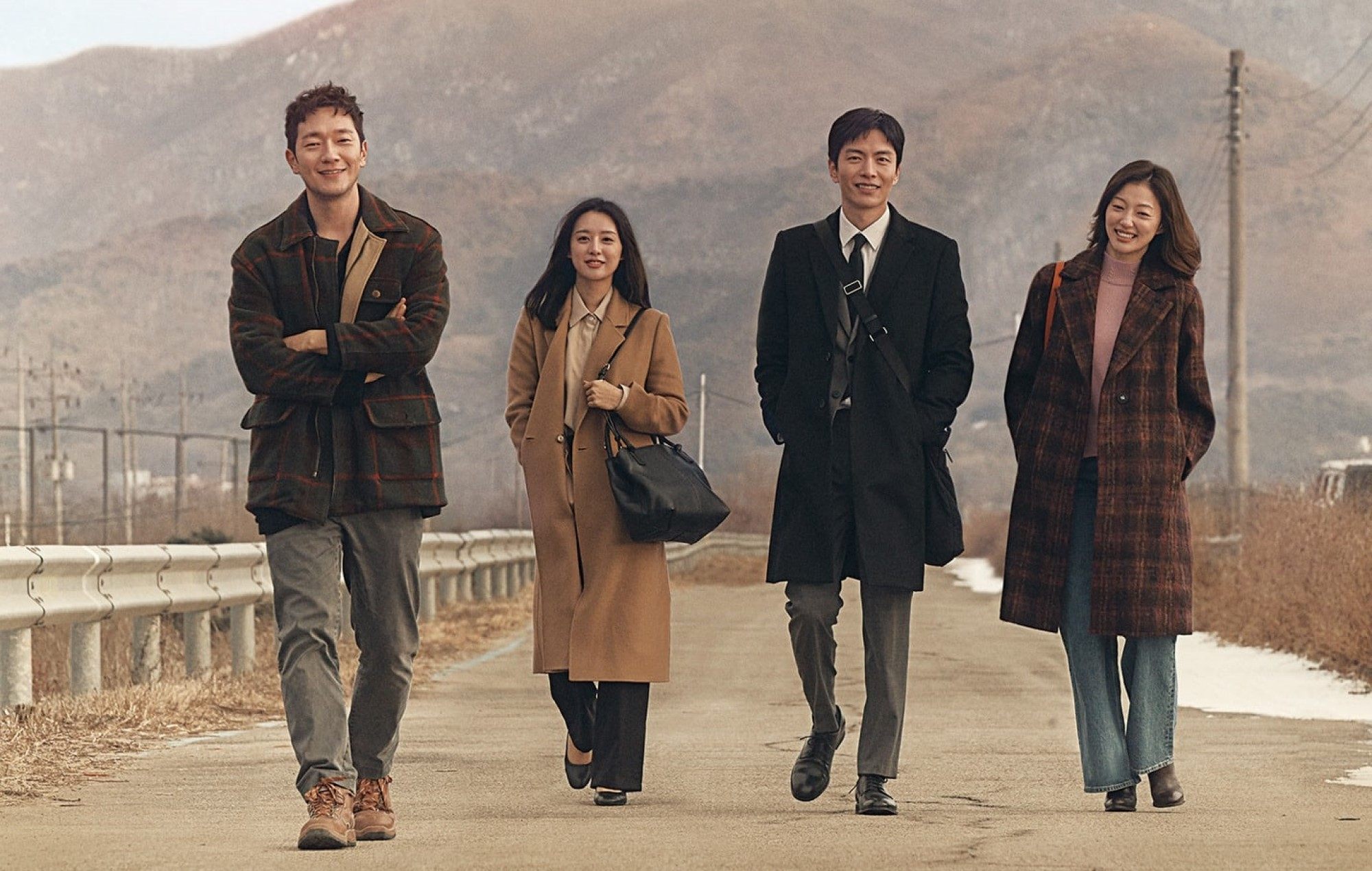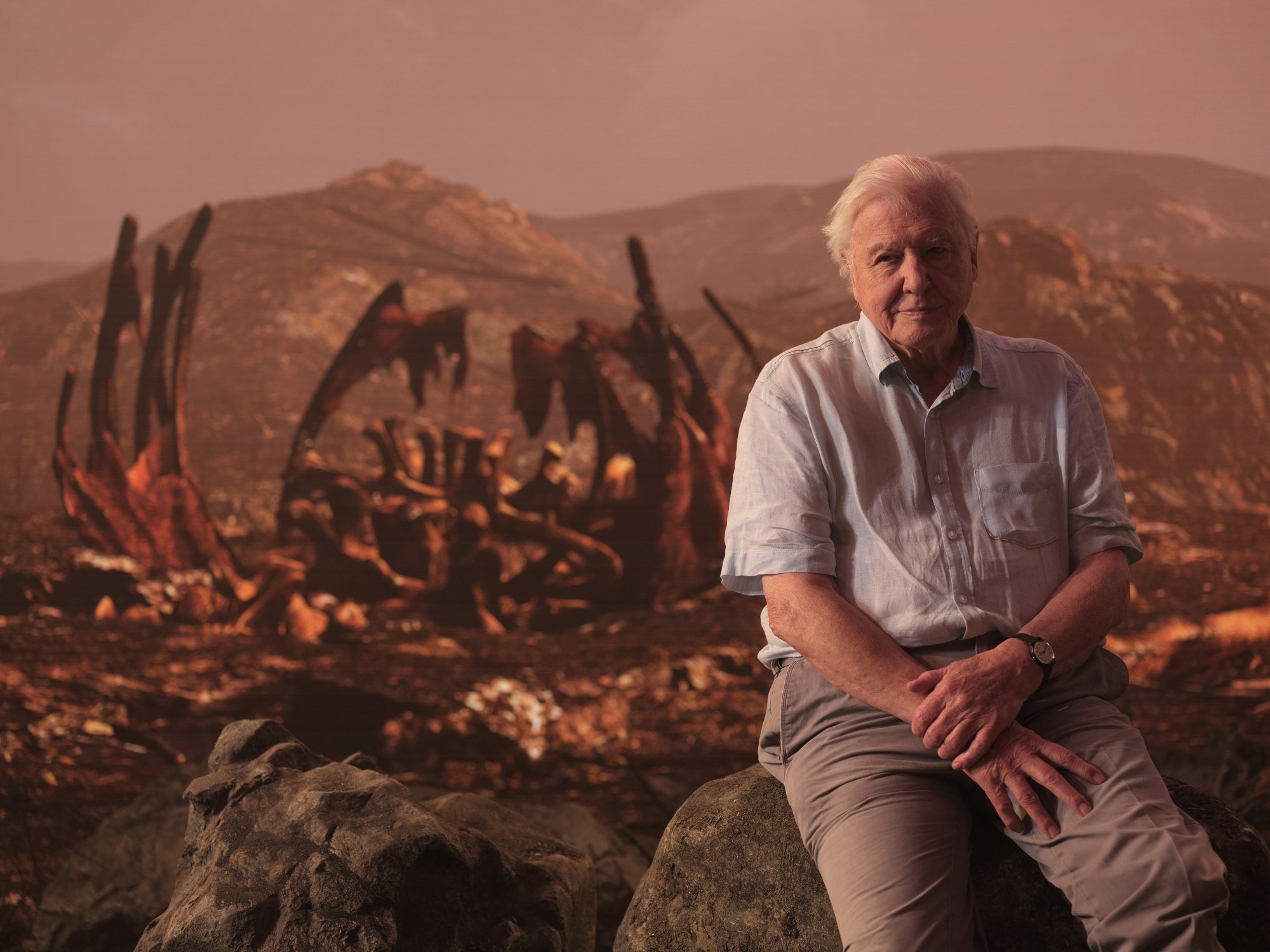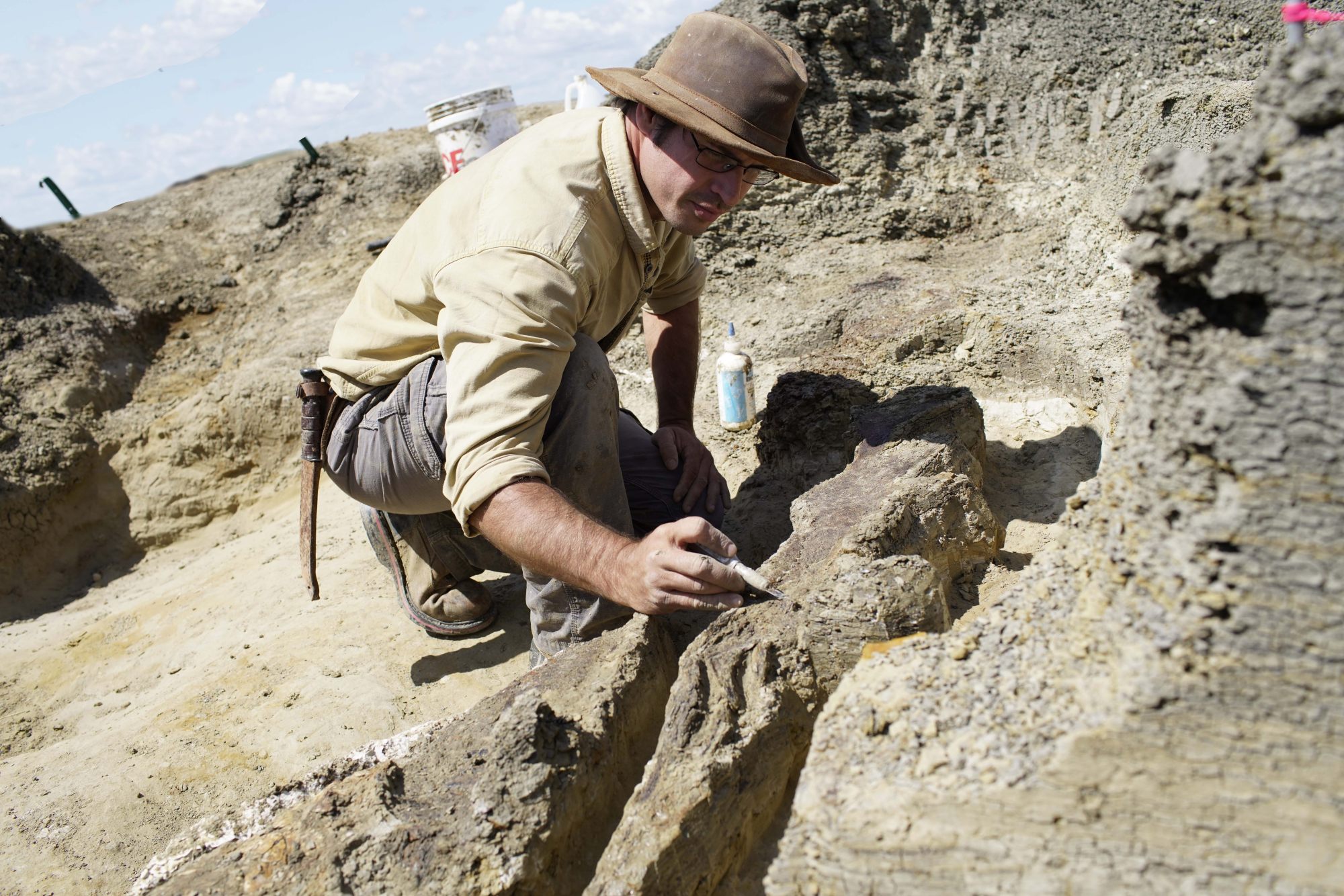
The best shows to watch this week: Netflix K-drama My Liberation Notes, and Dinosaurs: The Final Day with David Attenborough on BBC Earth
- Time is of the essence in this week’s television highlights, including what is lost (mainly love) to the daily commute in Netflix satire My Liberation Notes
- Meanwhile, the dramatic last 90 minutes of the Cretaceous period are examined in Dinosaurs: The Final Day with David Attenborough on BBC Earth
If there’s an agrarian revolution in the wind, it may begin with satire My Liberation Notes (Netflix).
Seldom can white-collar workers, holding down steady (if unspectacular) jobs in a shimmering city such as Seoul, have led such miserable lives – and all because of their daily commute from the distant, semirural suburbs, and their shared failure to find marriageable partners. Really? That’s life, is it? A long journey into a love desert?
Siblings Mi-jung (played by Kim Ji-won), sister Ki-jung (Lee El) and brother Chang-hee (Lee Min-ki) gripe about wasting hours every day travelling from the family smallholding to Seoul and back. Without partners and overpriced urban flats, they are worthless.
Marriage, city living and consumerism dominate. “All of the magic happens inside a car,” complains Chang-hee, who doesn’t have one, but believes that that’s the only place in which he’ll be able to kiss a girl. Naturally, he wants one, but his father disapproves, despite Chang-hee’s being of consensual car-buying age.

Mi-jung is secretly ashamed of her debts – which aren’t entirely her fault – and Ki-jung is publicly ashamed of her overly frizzy new hairdo. The most intriguing character, meanwhile, is lonely, often non-verbal alcoholic handyman Mr Gu (Son Suk-ku), a dodgy type who has a power over Mi-jung he can exercise if so inclined.
With three episodes of the 16 to come, one wonders if the siblings should just abandon the city, concentrate on growing the family vegetables – and sun-tanned skin be damned. Unlikely. Because the goal, as Bono didn’t quite say, is Seoul.
Best streaming this week: K-drama Green Mothers’ Club and HBO’s Barry
The other big bang
Strange how the yardstick for measuring the force of any catastrophic explosion is the Hiroshima atomic bomb – as if, having somehow lived through it, we know what that felt like.
In Dinosaurs: The Final Day with David Attenborough (BBC Earth) we learn that the infamous asteroid that did it for the ruling reptiles of the planet was “bigger than Mount Everest” and killed, on impact, untold numbers of animals, plus many more in the “nuclear winter” that followed. And that it struck with the almighty wallop of a billion Hiroshimas. Talk about going out with a bang.

Because dinosaurs are pop culture symbols as well as animal kingdom curiosities, fascination is guaranteed. Which makes them a handy instructional tool for Attenborough in his best kindly-yet-portentous schoolteacher mode: not for him any dogmatic drama from atop a soapbox.
Dinosaurs is a new, 90-minute documentary available from a BBC menu of Attenborough-led natural history programmes celebrating the beloved broadcaster’s 96th birthday this month.
Centred on a North Dakota sandbank palaeontologists have named Tanis, the film uses cinema-grade special effects to resurrect some of the largest beasts ever to lumber, plod or gallop across the Earth, around which they cavorted for 165 million-plus years, until roughly 66 million years ago and the arrival of the gatecrashing Chicxulub asteroid on Mexico’s Yucatán Peninsula.

Suddenly, the party was over. And Dinosaurs presents astonishing evidence of what happened in the last 90 minutes of the Cretaceous period, as recorded in the flaky rock of Tanis. Although almost 3,000km (1,860 miles) from asteroid ground zero, it offered unmatched dinosaur fossil-preservation opportunities, when earthquakes, wildfires and floods rapidly moulded a “mass death layer” of animals.
Soapbox or not, the spotlight of shame is turned on us as the film closes, when the message becomes serious: we are the next asteroid, but we’re not doing much to slow ourselves down.
Tanis excavations reveal artefacts with enormous “Wow!” factors, but the evidence was always there, not far below the surface. It’s just that we didn’t really pay attention. And there’s our epitaph.

